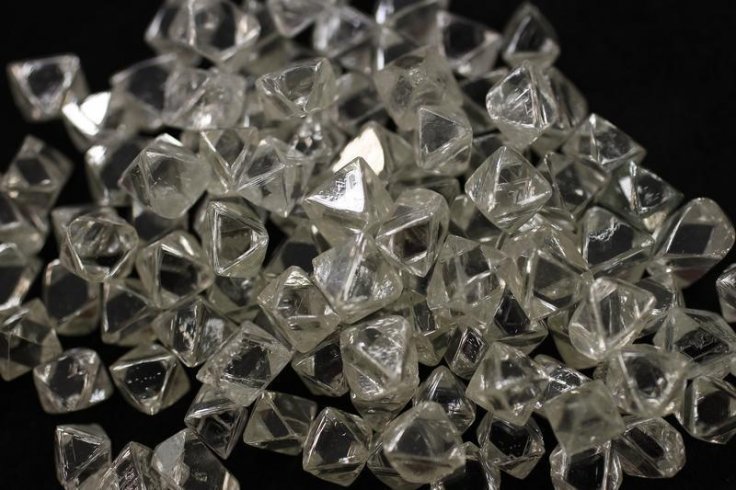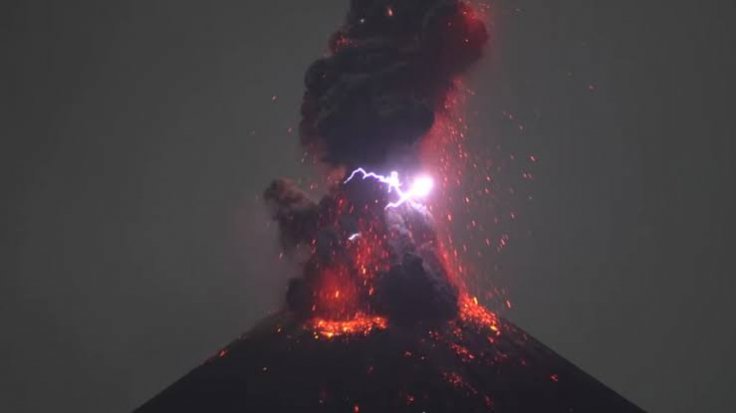Researchers were able to uncover how an active volcano in Russia was suddenly able to create diamonds. According to a study conducted by the researchers, the diamonds were formed as the volcano was erupting. For the study, the researchers observed Tolbachik, a volcano located in Russia's Kamchatka Peninsula. They presented their findings in a new study published in the journal American Mineralogist.

How Diamonds Are Formed
Diamonds usually form as carbon gets exposed to the immense pressure within the mantle of Earth. This process occurs about 62 miles beneath the planet's surface. In most cases, diamonds that are formed through this process are brought to the surface through explosive volcanic eruptions known as kimberlites.
The last known kimberlite eruption happened in Tanzania about 10,000 to 20,000 years ago. The most well-known one is the kimberlite that erupted 30 million years ago in the Democratic Republic of Congo.
Diamonds Of Tolbachik Volcano
Since a single kimberlite has not occurred in thousands of years, a team of researchers was surprised after they came across a volcano that spewed diamonds. According to the researchers, they discovered hundreds of diamonds within the lava flows of Tolbachik during its eruptions from 2012 to 2013. "Approximately 700 diamond crystals were identified in volcanic (mainly pyroclastic) rocks of the Tolbachik volcano, Kamchatka, Russia," the researchers wrote in their study.
Most of the diamonds were about 0.03 inches wide. After examining them, the researchers learned that the impurities within the diamonds, such as nitrogen, fluorine, silicon and chlorine, matched the elements found within Tolbachik's volcanic gases.

How Eruptions Formed The Diamonds
According to the researchers, their findings indicate that the diamonds may have formed from the gases released by the volcano during its eruptions. Unlike traditional diamonds, those found at Tolbachik most likely did not form within Earth's mantle.
Instead, the researchers believe that as Tolbachik erupted, its volcanic gases, which are filled with carbon dioxide, cooled in tiny bubbles along with other elements. This process then caused the elements and minerals to rapidly crystallize, forming tiny diamond fragments. "Geological, geochemical, and mineralogical data confirm the natural origin of studied Tolbachik diamonds from volcanic gases during the explosive stage of the eruption," the researchers stated.









